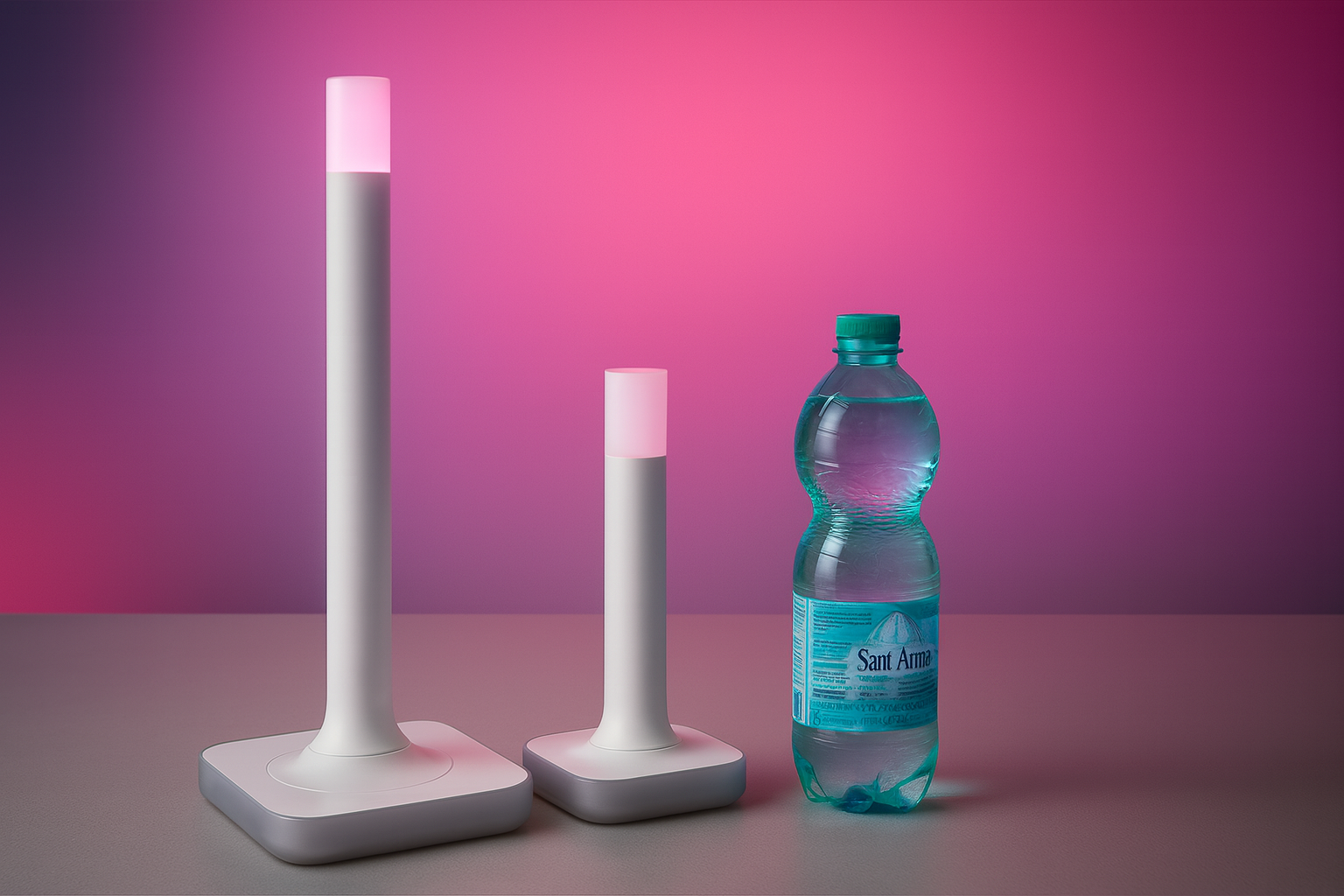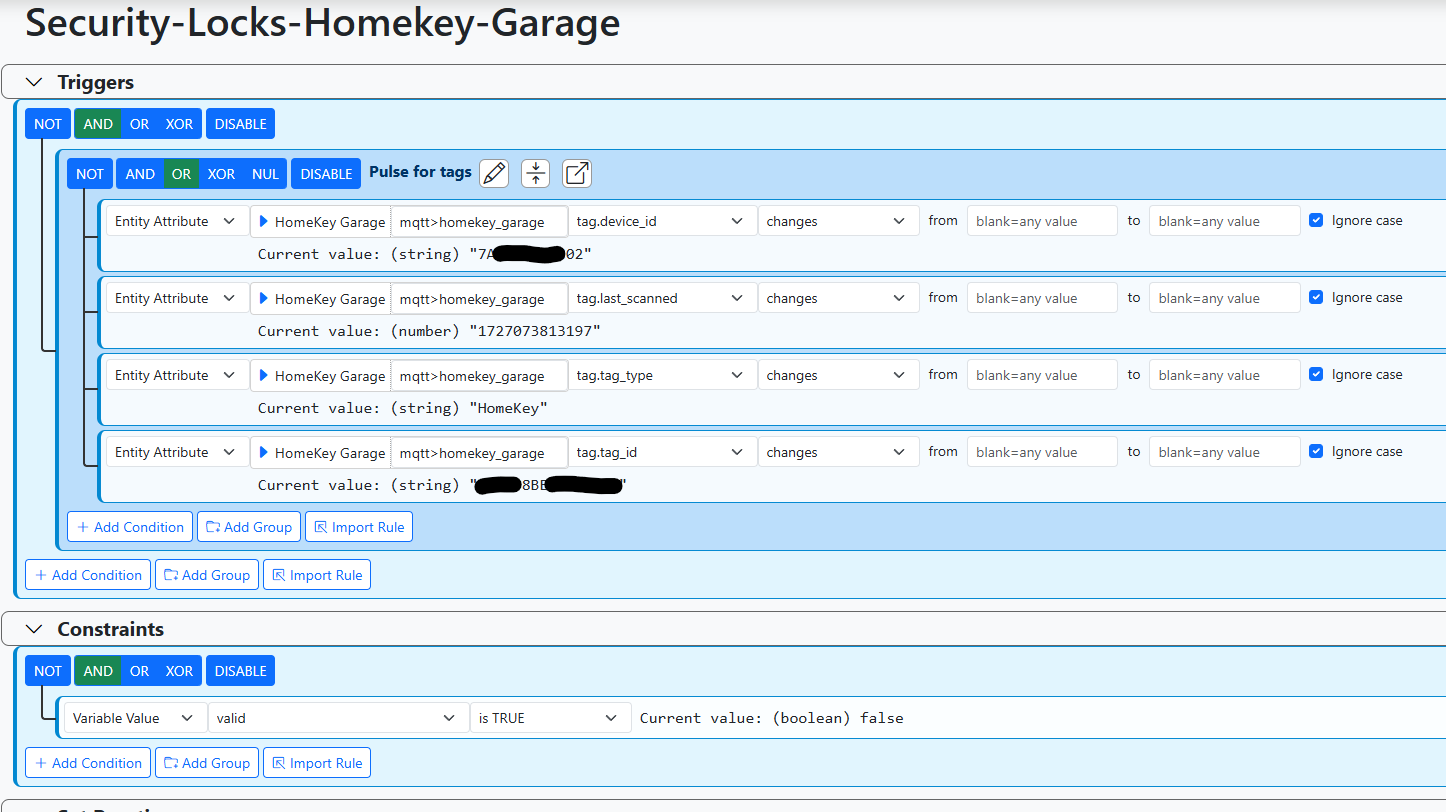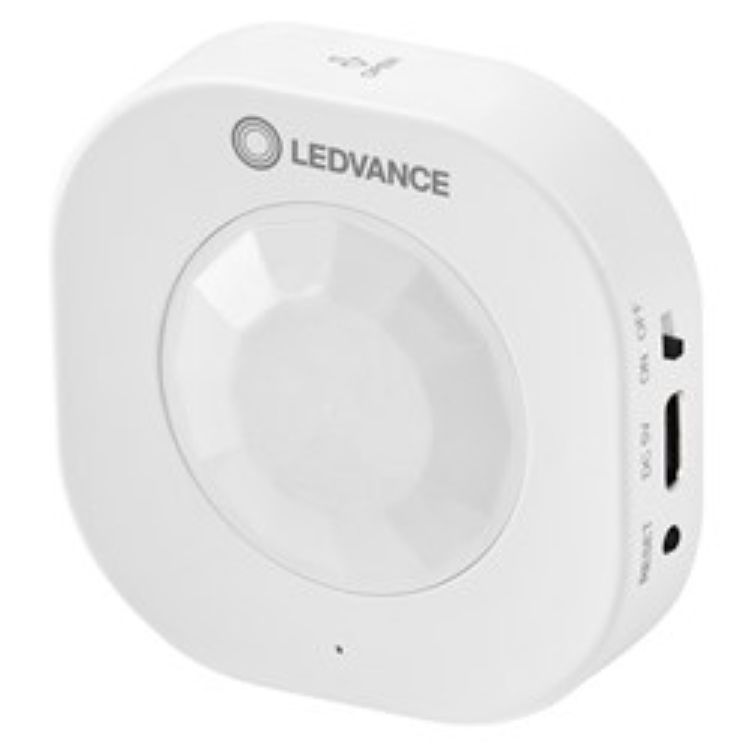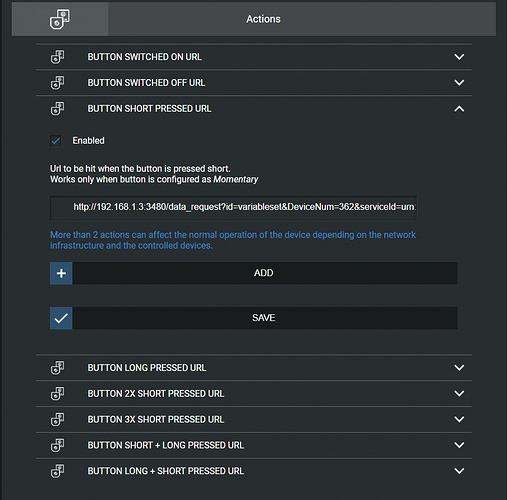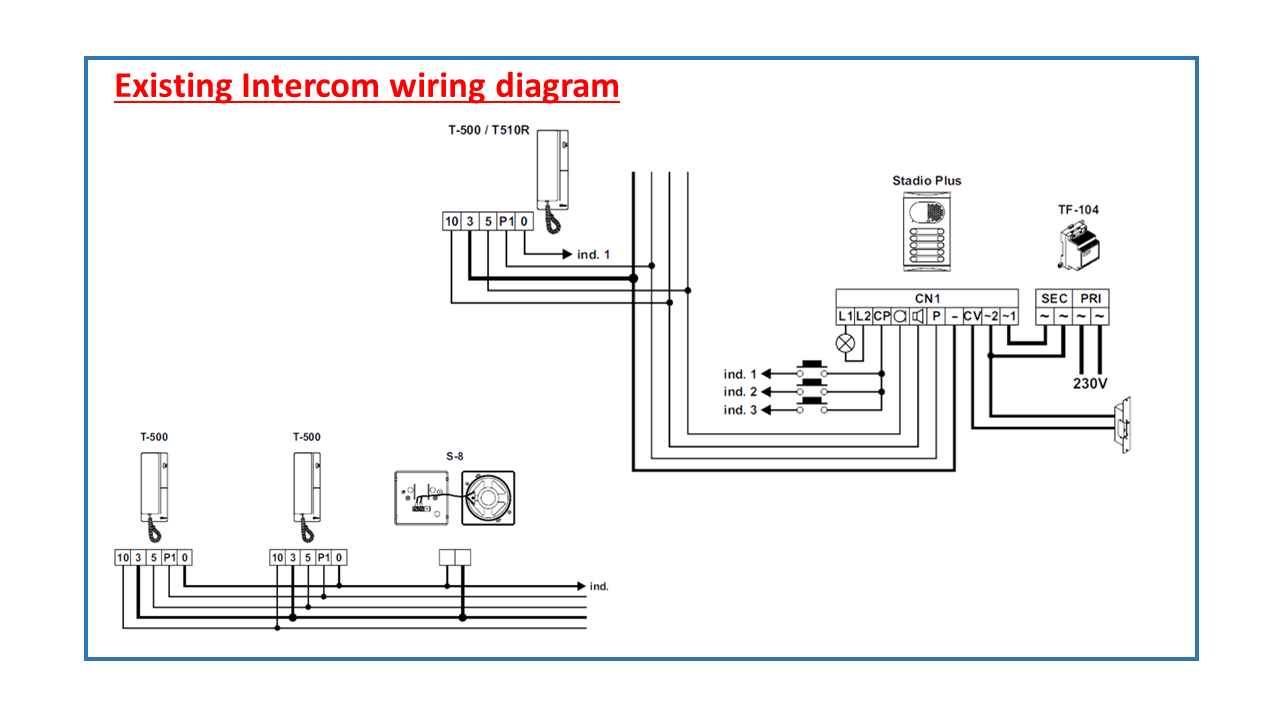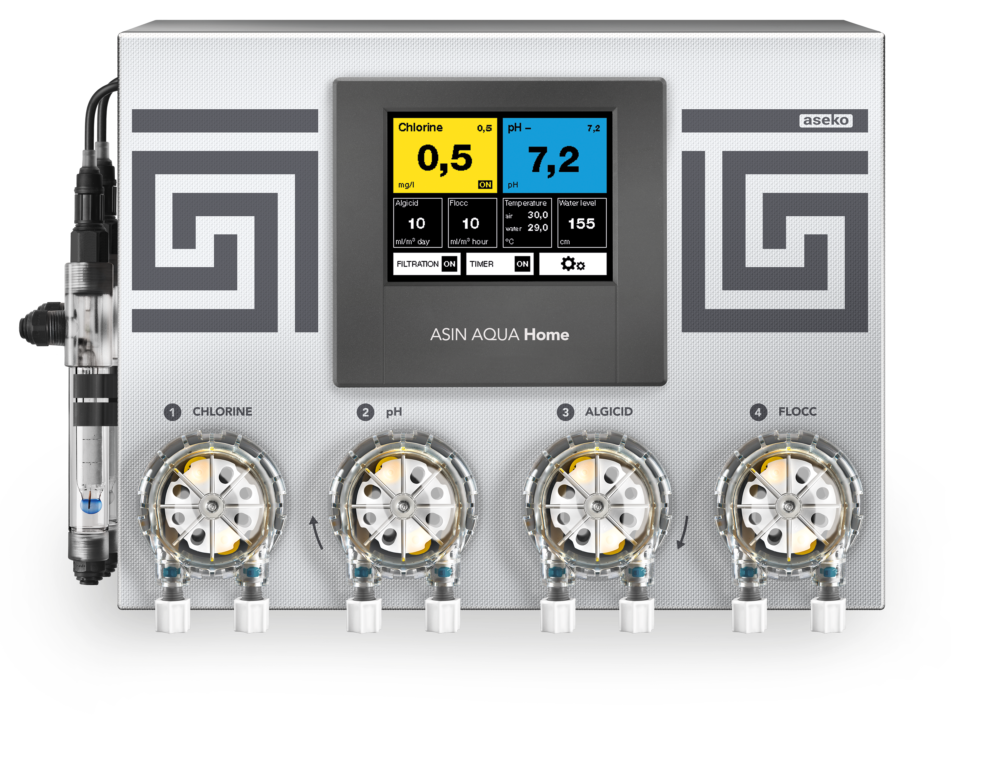Water level sensor
-
I like to keep thing simple so i would go with a float switch.
One other thing in the UK we do not store drinking water, the only water storage in the uk is for filling baths and toilets. Do you intend to attach this tank to your drinking water pipes/tapes?@Elcid yep, it’s allowed to drink, via chemicals to be added every now and then. I successfully intercepted the alert the public water company is dispatching, so maybe I can empty/fill on demand.
I was exploring a UV based solution too, but I want to start easy. I will probably add this and automate everything in the future.
-
that's correct. the water needs to be refreshed often and never stay in the tank (if you're not correcting it with chemicals - that's a small capsule intended for drinking water consumption).
since it's hot here during the summer and the water pipes are public, there's a lot of leaks and the water is never enough (to be honest, I'm living in a zone with lots of water, but we're exporting to neighbor regions as well). so, this kind of implant is very common, from houses to restaurants, etc.
these thanks are UV resistant, can handle -40/+60° C and is algae/mold proof. they're specifically intended for drinking water.
my house implants were already done when I bought it, so I had to use the current configuration, but it's becoming common to separate toilets pipe/garden pipes and use rain or a pump to get non-drink water. I guess you can make it more complex if you want, as with everything
-
Best to shade tank from sun and keep it as cool as possible to, even if the tank is uv proof, the cooler the water the better.
-
So, after consulting with a friend into NodeMCU, I'm going for
- NodeMCU esp8266 (flashed with Tasmota, so MQTT)
- JSN-SR04T Waterproof Ultranosic Distance sensor
I will probably write a MQTT to openluup bridge, if time allows. I'm getting a couple from Amazon, and tons from AliExpress for further projects. I will probably consolidate my weather station and place a couple of addition temperature sensors across the house.
I'll probably order other sensors, just to experiment. -
@prophead since I'm not that good into soldering, I always choose plug&play projects

I already have a couple of Tasmota devices: one to monitor temperature in my pool and one for humidity in my open space, to trigger a dehumidifier (large windows, helpful during the winter) and they're quite plug&play, after you've flashed Tasmota.You can poll data easily, thanks to their API (I developed my virtual devices plug-in for this) or integrate real-time change notification with MQTT, or use both. I have MQTT with a custom C# app bridging to virtual devices.
The only problem is they are Wi-Fi based, so I don't want to have too many, because I really prefer Z-Wave and its mesh topology. But they're cheap and can be integrated with every sensor on the planet, quite easily.I'll probably build a prototype next week and I'll report back.
-
I am building a infinityppool to a customer and I use a Pressure-type level sensor #12086 https://www.youtube.com/watch?v=DCe_wYQ_BC0
-
@prophead said in Water level sensor:
How do you intend to mount your sensor?
The sensor has a long cable, so I plan to just drill on the tank cover and run the cable into an outdoor-like box, where the board will be placed.
Same for the pool, but I'll place it inside the skimmer. I will build a prototype and see if it fits, then build the final ones. -
So, I'm ready with the first prototype. The device was flashed with Tasmota, then I connected the sensor. I had to try a couple of different things, but if you have a device like mine, 5V output is on VU/VV. Anyway, I bridged to my Vera using a virtual device (generic sensor) and pushing its value from my MQTT broker to Vera (and then openluup via the VeraBridge). I still have to write a virtual device to get the amount of water, but the tank is not ready yet, so raw values are OK for now. I'll probably hook a temp/humidity sensor and then mount in a definitive box. Happy to help if anyone wants more instructions.

